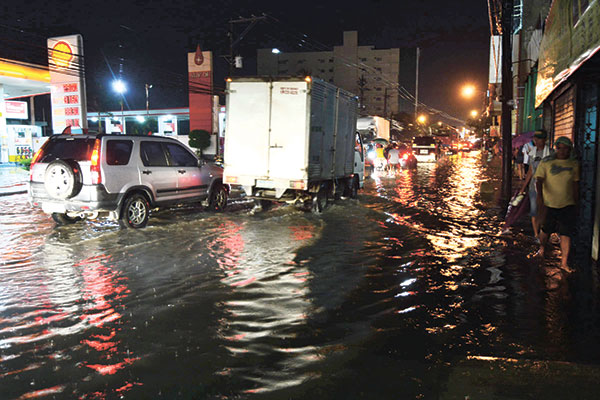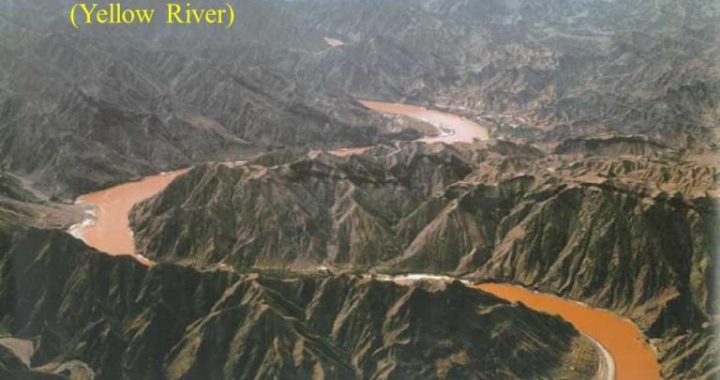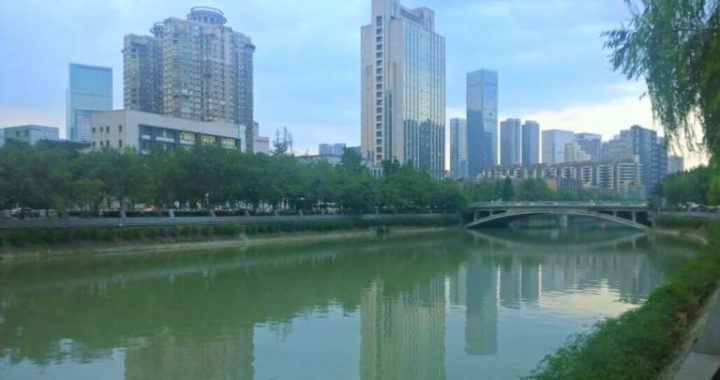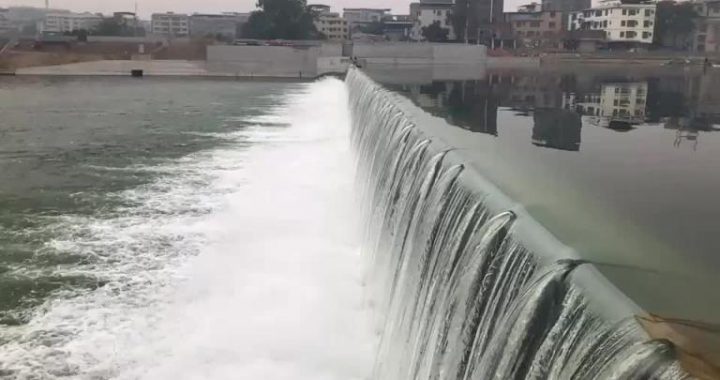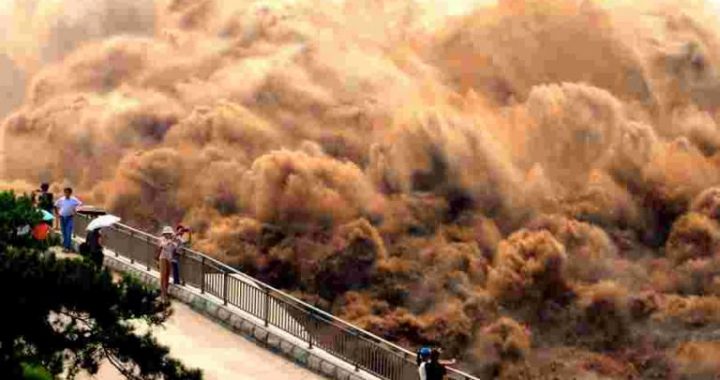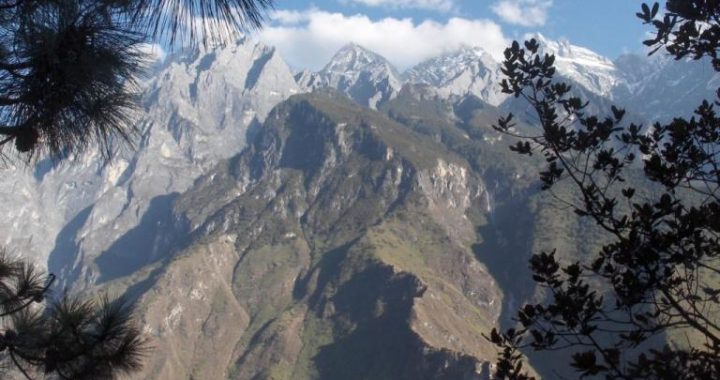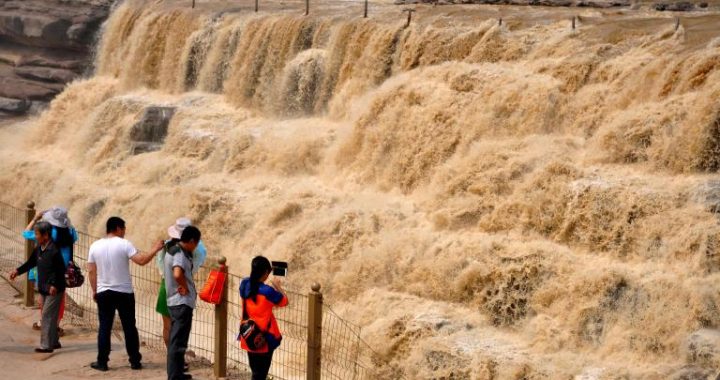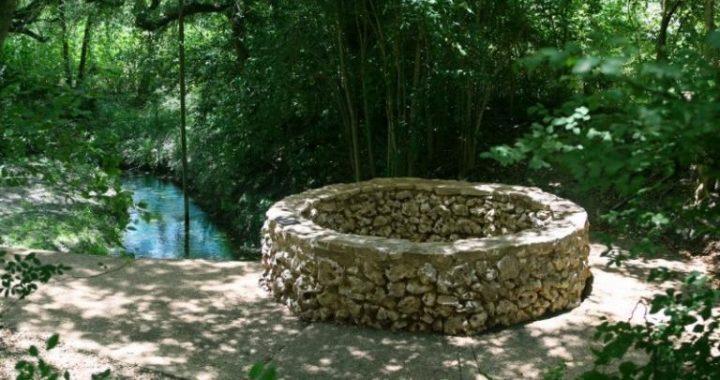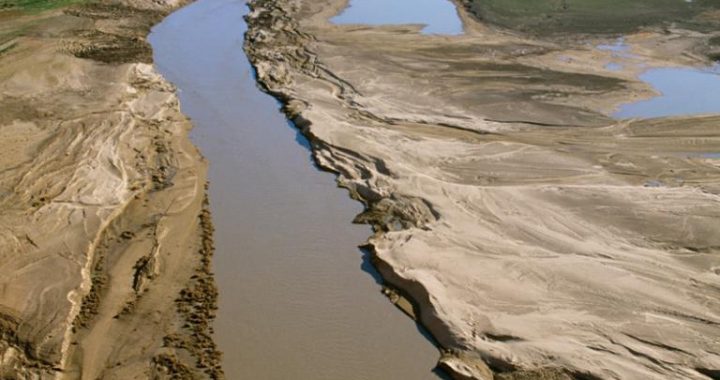Floods Ruined the Solid Cities
3 min readThe muddy torrents of the Yellow River carry large amount of sand and silt, silting up many vast lakes and submerging numerous cities and villages. In the flooding of the Yellow River, many cities were drown in water and then buried in sand when floods withdrew, gradually fading out of people’s memory.
In mid-May 1981, when the gardening sector of Kaifeng City in Henan Province was cleaning up the silt in Panjia Lake, the bulldozer carried out many square bricks that were used to build houses in the ancient time and vermilion-colored bamboo strips.
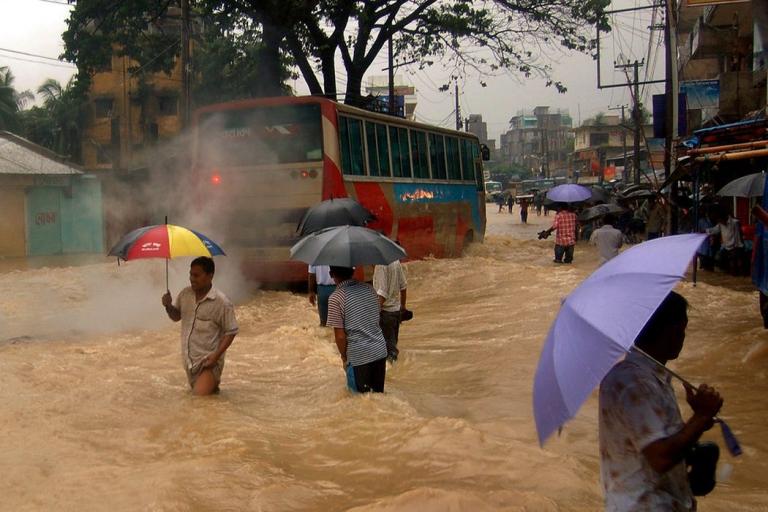
The workers stopped their work and reported the situation to the culturalrelic sector immediately. After over 20 years of unearthing and excavation by the archaeologists, the mysterious veil of the marvelous scene-Kaifeng “city pile”was uncovered: under the ground of Kaifeng, there arrange 6 ancient cities. From the bottom to the upwards, they were: Daliang City in the State of Wei in the Warring States Periods (475 BC-221 BC), Bianzhou City in the Tang dynasty (618-907), Dongjing City in the Five Dynasties (907-960) and the Northern Song dynasty (960-1127), Bianjing City in the Jin dynasty(1115-1234), Kaifeng City of the Ming dynasty(1368-1644) and Kaifeng City of the Qing dynasty (1616-1911). These cities were all buried by silts when the YellowRiver flooded.
Kaifeng was the capital of the State of Wei in the Warring States Periods and was called Daliang at that time. The old site of Daliang City was in the northwest part of the present-day Kaifeng City. When the State of Qin invaded the State of Wei, it used to introduce the water of the Yellow River to Daliang City. The solid city became extremely fragile in the face of surging floods, and was ruined instantly. And the silts deposited buried everything. This was the first time Kaifeng City flooded by the YellowRiver that was recorded down.
Daliang City used to be a prosperous city; however it became a ruin after the flooding of the Yellow River water. Although some later dynasties built a new cityon the old site, it was not until the Five Dynasties and the Northern Song dynasty that it developed into a central city of the country again. However, the Yellow River was just like a sword that hung on the Kaifeng City, threatening its development at every moment. In the late Southern Song dynasty (1127-1279), the Songtroops marched towards the north in the hope of reoccupying Kaifeng which was thenoccupied by the Mongolian troops. In Kaifeng, the troops of the two sides had a long battle and the Song troops won, reoccupying Kaifeng.
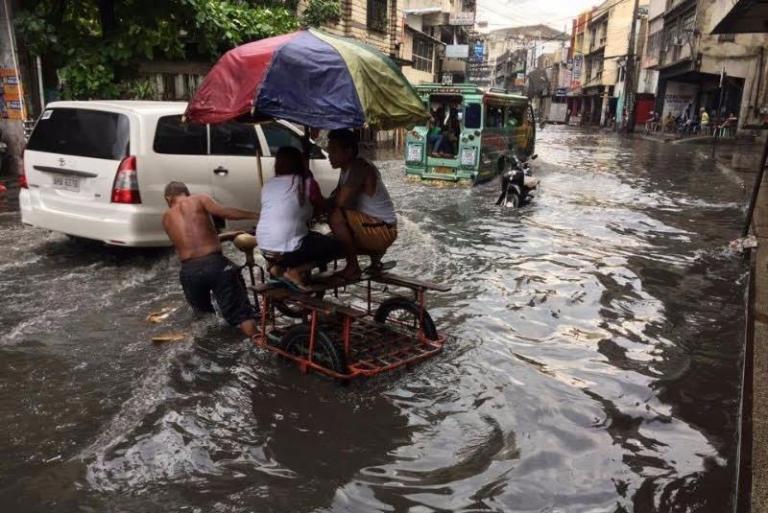
The Mongolian troops had no other way to conquer Kaifeng; therefore they breached the levee of the Yellow River at the north of Kaifeng and drowned the city. The Song troops abandoned the city and ran away, thus Kaifeng encountered another ransack of the floods. From then on, floods occurred quite frequently and the city was damaged for many times.
There is also an ancient city named Donghun that was buried by the silts of the Yellow River in the underground of Lankao County which is 45 kilometers away to the east of Kaifeng. Donghun City is about 8 meters’ high. In 1357, Yellow River overran and ruined this city. Till Jiaqing’s reign (1796-1820) of the Qing dynasty, the whole city was buried by silts.
The ancient Julu City is located in the south of Hebei Province. In the Spring and Autumn and Warring States Periods (722 BC-221 BC), when the Yellow River passed the east foot of Taihang Mountain, this city was not far from the river. Since theflood of the Yellow River hadn’t threatened this place, the city was not affected much. However, in the Northern Song dynasty (960-1127),a tributary of the Yellow River passed under the foot of the city. Once the river was breached, the city would be drowned completely. In 1108, the Yellow River was breached and the muddy water almost filled the city in a second. After the floods, some houses in the lower positions were buried and later the whole city was also buried after many times oi floods of the Yellow River. In a house ruin, there are food utensils on the table and 4 pieces of skeletons around, indicating that the four people were having theirmeal then, and since the flood arrived in a sudden, they had no time to run away and were buried underground together.
